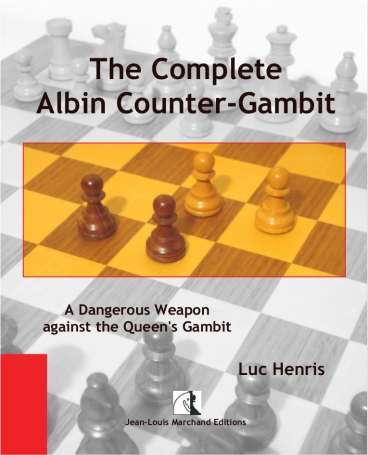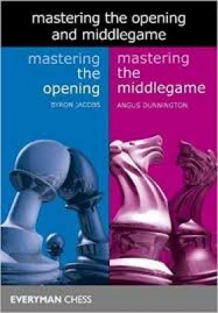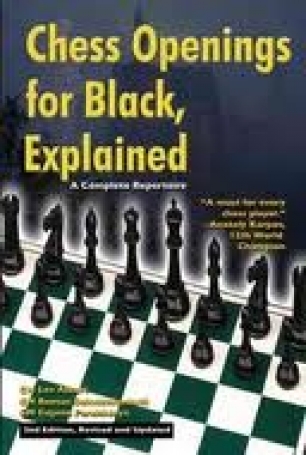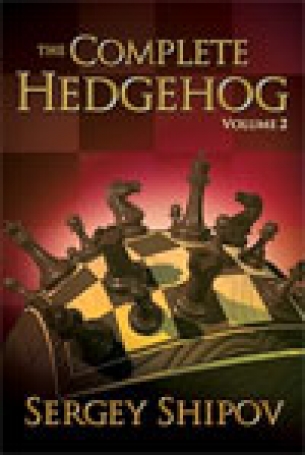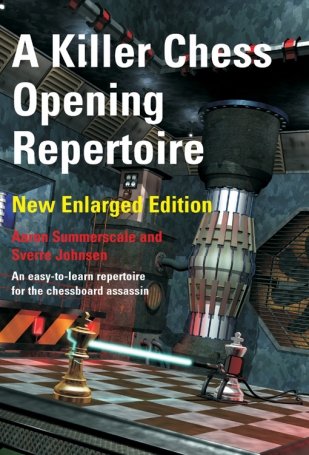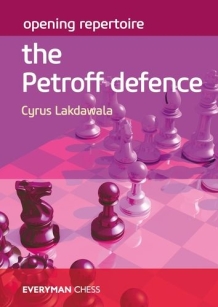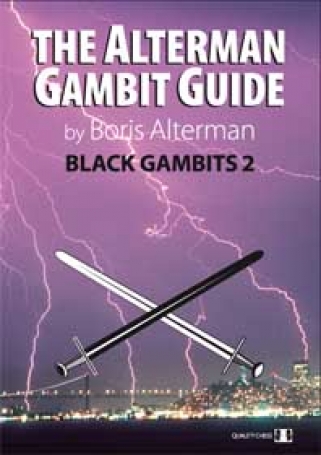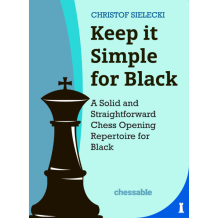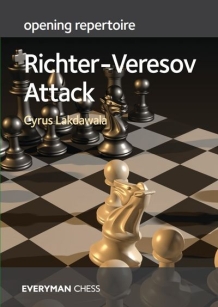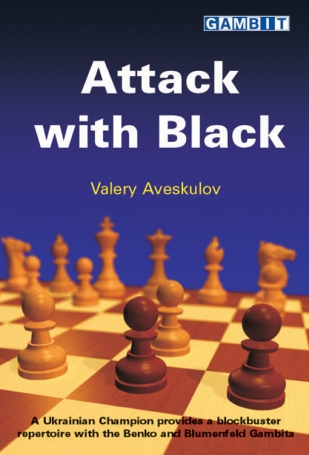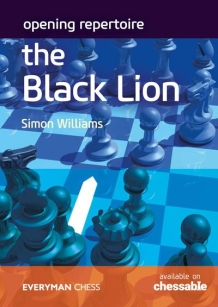WGM Jennifer Shahade (on Twitter): “Have you ever wasted time on an opening that
wasn’t worth your time?”
Me: “That’s virtually my whole chess life summed up in one question.”
I should therefore begin with a warning. If you want to play the very best openings, this book is not for you because few of those herein are “best” for Black. What they represent is my own disreputable repertoire in the Open Games after 1 e4 e5. Hitherto many of these lines have been relegated to a single game, or a single para�graph, denoting why they should be avoided, supposing they’re mentioned at all. The Calabrese Counter-Gambit (2...f5; Chapter Two), for instance, was refuted by Carl Jaenisch in the 19th century; the Steinitz Scotch (4...Ëh4; Chapter Seven) is known to be extremely dodgy; the Wagenbach King’s Gambit (3...h5; Chapter Five) is clearly ridiculous.
So why venture into this sort of territory? Just because! As IM Craig Hanley wrote in Chess #9/2017 (when asked for a tip for the club player): “Play openings that you enjoy! A hobby is supposed to be leisure time where you relax and have fun.” And what I most like in the opening is to throw opponents off balance and onto their own resources. To force them to fight on unfamiliar turf – preferably my turf. To dictate the terms of the contest – at once, and in a provocative, in-your-face, suck-on-that kind of way. Take the Bishop’s Opening (2 Íc4). This tends nowadays to be used as a route to strategic Spanish-type positions, White setting up with d2-d3, Ìf3, 0-0, c2-c3 and so forth.
The insolent response 2...f5!? immediately disrupts that. Rather than being able to con�tinue routinely, heading for a systemic middlegame, White is faced with quite different problems, and at move three. There are two pertinent points about playing such lines. Firstly, I think it’s important to want to play them, to want defend their honour, to feel protective of them. This provides added motivation at the board, leading to heightened concentration, which in itself should lead to better chess. Secondly, the time limit and strength of opposition may be relevant. Disruptive chess is excellent for blitz and rapid play, whereas you might have concerns about coming out worse against a strong opponent with more time to think. Nevertheless, my own experience – up to about 2350 Elo (equivalent to my highest OTB rating) – is that you can pretty much play any old rubbish as long as you know what you’re doing. Stronger players, too, can struggle against unexpected aggression and may choose to avoid critical paths, hoping instead to outplay you later. Okay, they can try. And please note: this particular rubbish is not complete rubbish. Some lines may teeter on the edge of soundness as the engines get ever stronger, such that Stockfish 17 may refute the whole lot in five minutes, but they have stood up to computer-assisted analysis pretty well thus far. The Wagenbach even featured in the 9th Computer Championship Final (2019), scoring 1½/2 for Black.
All this is based to a large extent on my own investigations and practice. A lot of the referenced games are mine, in particular from online thematic tournaments at Tryfon Gavriel’s ChessWorld.net website. Consequently, they will include players you’ve never heard of – players I’ve never heard of either, knowing them only by their online sobriquets (or handles), apart from tsmenace, which is me. (Other instances of “tsmenace” online are not me, though the source is likely to be the same, and I still have the t-shirt.) I have referred extensively to the literature too, so much so that I am not providing a bibliography. A list of over 150 publications – twenty two books are piled up on my desk
as I write this – doesn’t seem like the best use of space. To compress things further I’ll be referring to some paired authors by initials: B&B = Baker & Burgess; B&H = Botterill & Harding; I&K = Ivanov & Kulagin; K&S = Khalifman & Soloviev; L&O = Lysyj & Ovetchkin; S&S = Shamkovich & Schiller; T&H = Taylor & Hayward.
Please accept my apologies for the monstrous thickets of variations. It is the nature of such systems that their efficacy (or otherwise) can only be demonstrated concretely. So while I accept Emperor Joseph’s criticism: “There are simply too many moves, that’s all. Just cut a few and it’ll be perfect.” – I’d also ask: “Which few did you have in mind, Majesty?” In any case, I don’t really expect people to adopt this repertoire en masse. Perhaps they’ll be interested in only two or three variations. Whatever and whichever, the very detailed information required to play each one can be found in the appropriate chapter. If that detail seems overwhelming, just playing through the main lines (in bold) may well prove enough to start off with. I shall probably be doing that myself periodically, to try and remember what I’ve written.
Finally, I would be pleased to see anyone else’s games with, or analysis of, any of these openings. I can be reached by email at <jon.statto@gmail.com> or via my blog <200opengames.blogspot.com>.
Jonathan Tait
Sherwood Forest, England
November 2021






![]()




